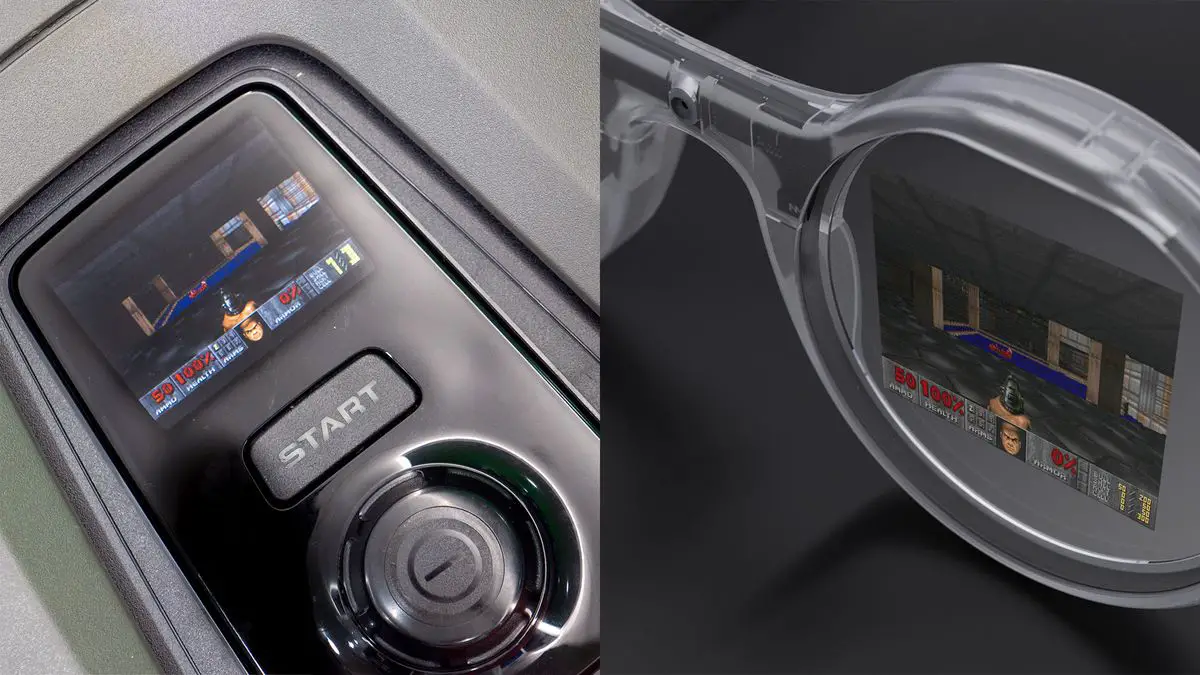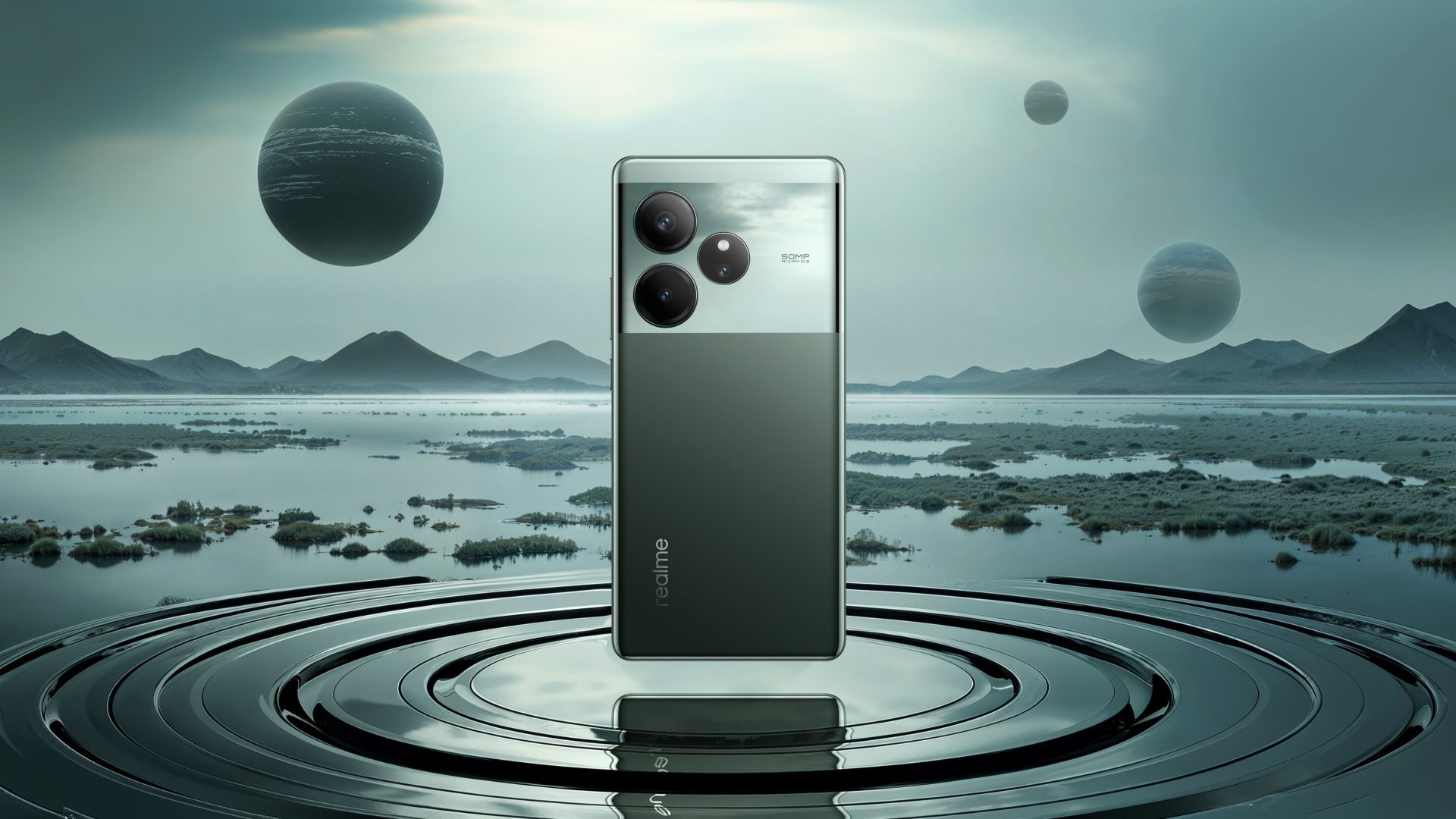Would you rather play Doom on smart glasses or a lawnmower?
When I was planning my first trip to MWC Barcelona this year, I looked through the massive number of emails about AI, connected devices, and just about every other buzzword lighting up the industry today today. But one email immediately stood out among the rest: Doom on a Lawnmower. Husqvarna engineers came up with a […]

When I was planning my first trip to MWC Barcelona this year, I looked through the massive number of emails about AI, connected devices, and just about every other buzzword lighting up the industry today today. But one email immediately stood out among the rest: Doom on a Lawnmower.
Husqvarna engineers came up with a brilliant PR move to draw more attention to the company’s line of robot lawn mowers by creating something effectively useless. There is little hope that you ever will In fact play Doom on your Husqvarna Automower NERA, but why wouldn’t you want to at least try?
People in several EMEA countries who own a Husqvarna Automower NERA can sign up for the Doom beta and get these mowers going in April when the official update becomes available.
This was one of the coolest things we saw at MWC 2024, but it also raises an interesting question. As we continue to gamify tasks with games like Pokemon Smile to encourage us to continue doing mundane – but important – things, how far should the gamification of technology go? Do we need full-fledged games on a pair of smart glasses, or is a smart Pokemon Go-style title enough to get our legs moving after hours spent sitting in a chair?
Follow breadcrumbs
Husqvarna’s marketing gimmick may have worked if the company’s YouTube channel is any indication. Most of the videos on his channel have a few hundred views at best and generally focus on the technology behind how the mower works and how it can improve your life.
However, the Husqvarna x Doom project video has over 46,000 views, which is 2,000 more than the number of subscribers on the channel. If the objective was to make a product known rather than to sell a certain functionality, it is clear that this strategy could work.
I recently spoke with Bobak Tavangar, CEO of Brilliant Labs and creator behind Brilliant Labs Frame, a new pair of smart glasses shipping in April that promises to merge AI with svelte, wearable frames. The company’s vision is grand but, ultimately, still somewhat limited by what current technology can offer.
Tavangar described the company’s ultimate vision for how Brilliant Labs’ AI robot, Noa, can help you track your diet by identifying the foods the camera sees and gently guiding you toward your goals. This is just one of many examples Tavangar uses in our discussion of the company making glasses powered by a personalized, proactive AI personal assistant.
But that kind of vision would probably only impress some people before they return to their normal lives, without ever investing in the future potential of this product. It’s without one thing: the ability to play games like Doom without craning your neck in front of a phone.
Certainly, Doom (1993) has only limited appeal to non-gamers, and even then its appeal to regular gamers is only limited. The classic title paved the way for the games people love to play in 2024, but the game itself is a small seed to help people understand the potential of the gadgets we take for granted in our lives.
If a pair of glasses – like the Oppo Air Glass 3 I wore at MWC 2024 (pictured above) or the upcoming Brilliant Labs Frame – can play games right in front of our eyes by simply harnessing the power of the phone in our pocket, imagine how much more these types of products could do once fully realized?
Brilliant Labs’ stated implementation of AI on a pair of smart glasses isn’t “new” per se, but it certainly sounds better than what I’ve used in the past. After all, Ray-Ban Meta smart glasses can already do many of these things to some extent. So what’s to stop another company – especially a startup with a focused vision and a small, malleable team – from creating something even better than we hoped for?
I won’t be holding my breath for a custom AI to guide me through my 2024 eating goals, but I certainly hope to be able to play Doom on these frames when they plan to land in a month.
For me, it’s the gamification of technology that ultimately interests me. If I wear a pair of smart glasses throughout the day, I want them to encourage me to do mundane things in a new and fun way, even if that just means spinning Poke Stops while I walk around the neighborhood.














